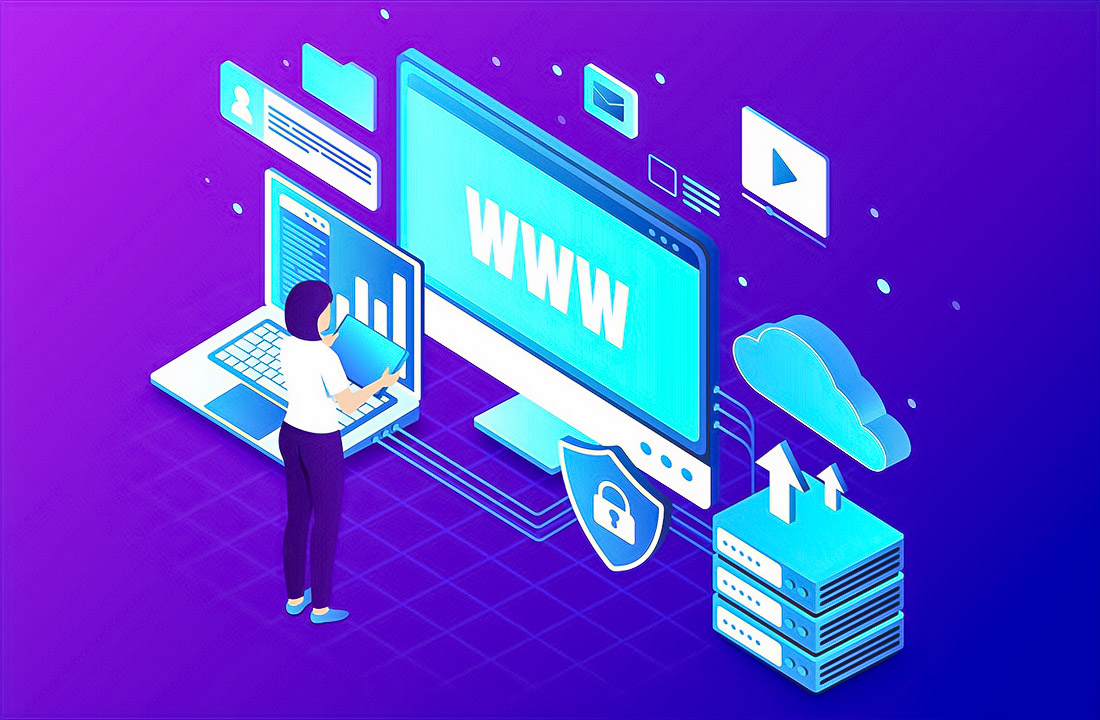
Introduction in the behavioral economy shows how psychology and human emotions influence economic decisions. This science allows companies to better understand the behavior of consumers and use it to increase revenues. Learn more about how behavioral economy can help you move forward in business through diploma in logistics and supply chain management.
Anatomy decisions: Role psychology and human emotions in economy

Behavioral economy — This rapidly developing science is focused on the study of psychology in making economic decisions. Unlike the classical economy, it admits that each of us, making choices, can be irrational. According to research, up to 80% of decisions consumers make can be conditioned by not receiving or distorted information.
Evolution rationality: How the brain creates miracles and mistakes
Limited rationality — cornerstone behavioral economy. Even in the age of big data and artificial intelligence, the human brain still relies on heuristics. For example, effect anchor can influence pricing — 72% of buyers consider the price after a 50% discount more attractive, even if the price initially was inflated. Effect preference status quo can lead to missed opportunities: more than 60% of consumers remain faithful to habitual brands despite the existence of better alternatives.
Business on emotions: Strategic potential behavioral theory

Implementation of a behavioral economy in business can optimize making decisions and increase revenues by 15-20%. Below are presented key areas of application:
- Pricing: Effect anchor helps managers prices manipulate perception. Companies, such as Apple, often use this, placing similar on understated prices products near more expensive models.
- Marketing: Use cognitive triggers — guarantee success advertising campaign. Platforms, similar to Instagram, show that stories and recommendations to friends can increase conversion by 25%.
- Personnel management: Conscious programs motivation, based on behavioral principles, can increase productivity by 10-15%.
- Innovation: Analysis of needs and preferences of clients on base behavioral economy allows develop more demanded products.
Specific examples of revolutionary solutions in behavioral economy
Companies, such as Amazon and Starbucks, among first implemented innovations, based on behavioral economy. Amazon applies anchor prices, to increase sales more than on 30%. Starbucks uses social proof, showing popular drinks with thousands positive reviews for stimulation demand.
Google also studies the behavioral economy to optimize its internal programs. Their initiative, “optimization choice,” increased the choice of healthy products in dining rooms by 20% thanks to the advantageous placement of food. Learn more about role behavioral economy in business.
Strategies successful implementation behavioral economy

For use behavioral economy in business-strategies necessary thoroughly study behavioral models clients. Companies, which conduct A/B testing and focus-groups for analysis psychological triggers, increase profitability on 10%. Adaptation and flexibility — key factors success implementation behavioral solutions.
Thus, behavioral economy becomes a powerful tool for increasing competitiveness. Understanding human weaknesses allows businesses to offer more accurately adjusted solutions and products, which make clients more satisfied and loyal to the brand. This not only helps increase revenues but also strengthens the position of the company in the market. Learn more about application economic principles in business.

Skier, ramen eater, audiophile, reclaimed wood collector and RISD grad. Working at the fulcrum of minimalism and computer science to craft meaningful ideas that endure. Let’s make every day A RAZZLE-DAZZLE MUSICAL.


